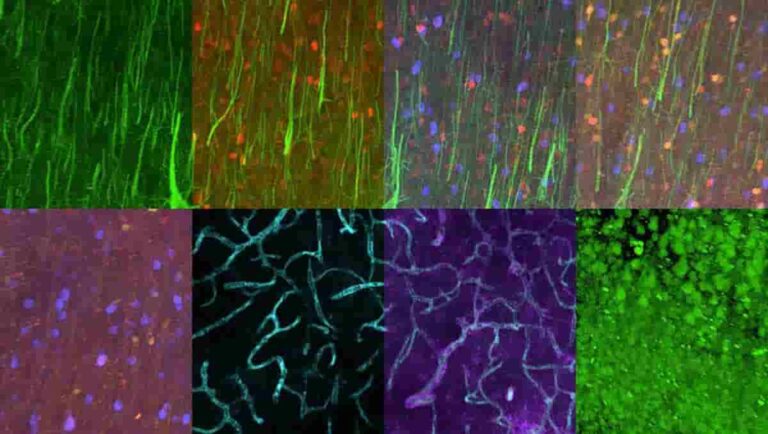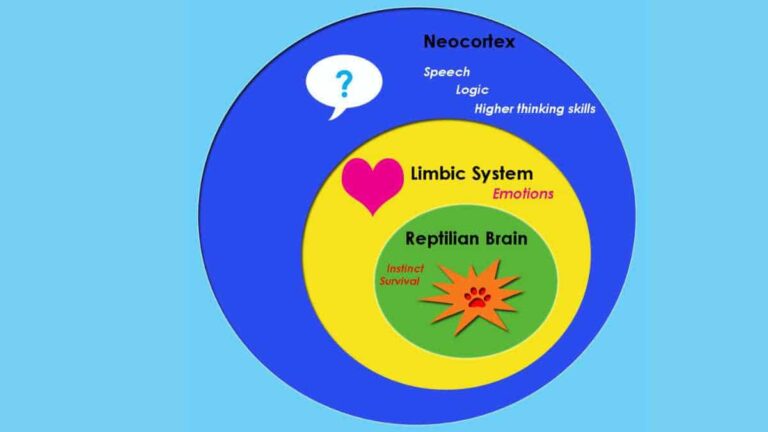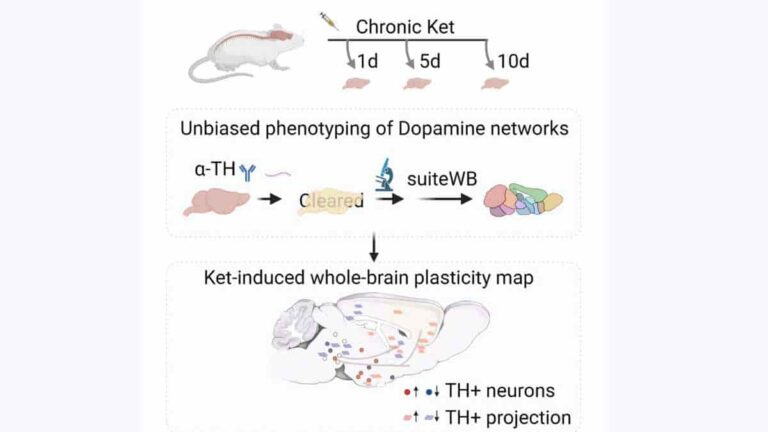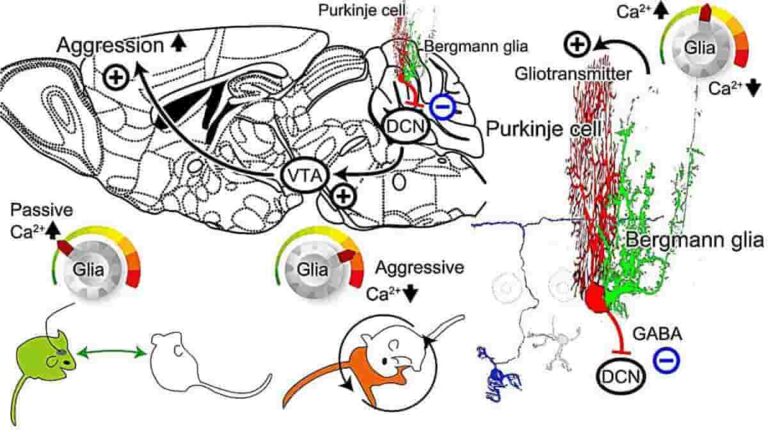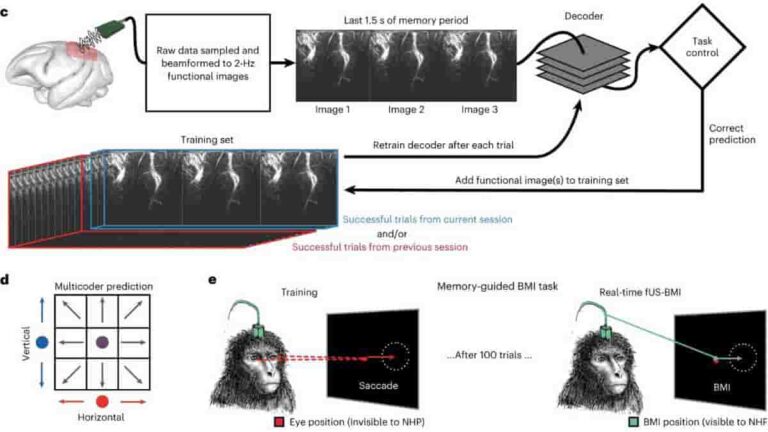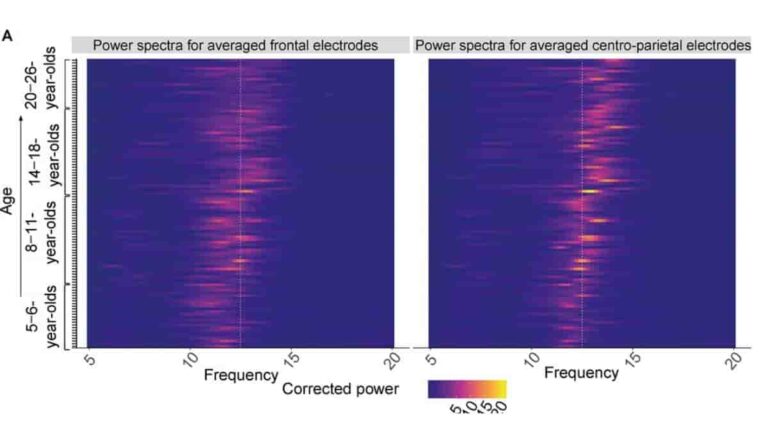The evolution of the human brain from a smaller primate brain into the large, powerful organ it is today is a marvel, but how it happened is still unknown. Scientists can identify ‘when’ our evolutionary ancestors gained larger brains, which about tripled in size when our ancestors evolved from Australopithecines, bipedal monkeys. But the ‘why’…
Category: Neuroscience
Protein Imaging Reveals Detailed Brain Architecture
MIT chemical engineers and neuroscientists have developed a new way to classify neurons by labelling and imaging the proteins found in each cell. This type of imaging offers clues to each neuron’s function and should help in mapping the human brain, the researchers say. Says Kwanghun Chung, who is the Samuel A. Goldblith Assistant Professor…
Is the Triune Brain Theory Still Relevant?
The Triune Brain Theory, developed by neuroscientist Paul D. MacLean in the 1960s, offers a simplified perspective on the structure and functionality of the human brain. This theory proposes that the human brain is composed of three distinct layers that evolved sequentially: Reptilian brain Limbic system Neocortex Each layer represents a different stage in the evolution of…
Restructured Brain Dopamine System Seen After Repeated Ketamine Use
Columbia University biologists and biomedical engineers traced ketamine’s effects on the brains of mice in a new study, discovering that repeated usage over long periods of time promotes broad structural changes in the brain’s dopamine system. The findings support the development of ketamine therapies that target specific areas of the brain rather than administering ketamine…
Cerebellum Neuron–glial Interactions Play Role in Aggressive Behavior
Researchers at Tohoku University have shown that neuron–glial interactions in the cerebellum set the tone of aggression in a recent mouse study. This finding raises the possibility that future therapeutic approaches to control anger and aggression may depend on modulating glial activity in the cerebellum. Aggression is frequently related to negative emotions. Aggression that is…
VLPFC Neurons Help in Processing Facial and Speech Information
A brain region associated with multisensory integration and working memory may also be significantly involved in the processing of social cues, according to recent research. Prior studies have established that neurons located in the ventrolateral prefrontal cortex (VLPFC) are responsible for integrating facial and vocal stimuli. However, this new study demonstrates that VLPFC neurons also…
Less-invasive Brain-machine Interfaces Use Functional Ultrasound
Brain–machine interfaces (BMIs) can read brain activity and transform that activity to control an electronic device like a prosthetic arm or computer cursor. They have the potential to let people with paralysis move prosthetic devices with their thoughts. Many BMIs necessitate invasive brain procedures for electrode implantation in order to monitor neural activity. However, in…
PTSD Brains Represent Traumatic Memories Differently than Sad Memories
A new study of the brain activity of people suffering from post-traumatic stress disorder (PTSD) is the first to show that traumatic memories are represented in the brain in a completely different way than sad autobiographical memories. This finding supports the idea that traumatic memories in PTSD are a distinct cognitive entity distinct from regular…
Sleep Spindles and Slow Waves Co-occur Less Often In Children
Brain cells are interconnected in a manner analogous to an electrical circuit, enabling the transmission of information between different regions of the brain. The human brain continues to transmit signals to process information it has encountered throughout the day, even when it is asleep. This produces two types of electrical activity patterns that characterize the…

